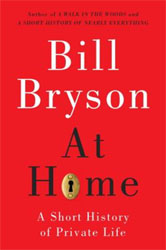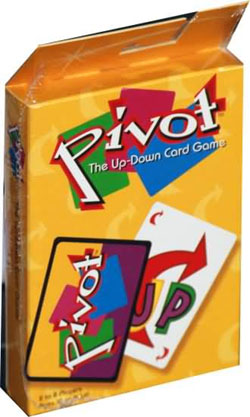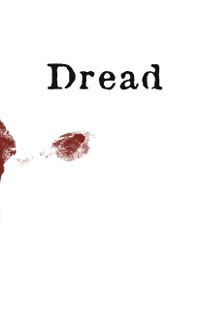 From At Home: A Short History of Private Life by Bill Bryson:
From At Home: A Short History of Private Life by Bill Bryson:
What never fails to astonish at Skara Brae is the sophistication. These were the dwellings of Neolithic people, but the houses had locking doors, a system of drainage, and even, it seems, elemental plumbing with slots in the walls to sluice away wastes. The interiors were capacious. The walls, still standing, were up to ten feet high, so they afforded plenty of headroom, and the floors were paved. Each house has built-in stone dressers, storage alcoves, boxed enclosures presumed to be beds, water tanks, and damp courses that would have kept the interiors snug and dry… Covered passageways ran between the houses and led to a paved open area — dubbed “the marketplace” by early archaeologists — where tasks could be done in a social setting.
Life appears to have been pretty good for the Skara Brae residents. They had jewelry and pottery… The one thing they lacked was wood. They burned seaweed for warmth, and seaweed makes a most reluctant fuel, but that chronic challenge for them was good news for us. Had they been able to build their houses of wood, nothing would remain of them and Skara Brae would have gone forever unimagined.
It is impossible to overstate Skara Brae’s rarity and value. Prehistoric Europe was a largely empty place. As few as two thousand people may have lived in the whole of the British Isles fifteen thousand years ago. By the time of Skara Brae, the number had risen to perhaps twenty thousand, but that is still just one person per three thousand acres, so to come across any sign of Neolithic life is always an excitement. It would have been pretty exciting even then.
What really caught my imagination in all that is that final sentence: The idea that it would have been exciting to suddenly discover this incredibly rare pocket of civilization in a world untamed.
I’m hardly the first person to suggest that the historical Skara Brae be used as inspiration for fantasy gaming (it notably appears in both The Bard’s Tale and Ultima). But what I am strongly tempted to explore right now is not so much a “points of light” setting, but a point of light setting: The elder races have drawn back into iconoclastic isolationism (the elves in mysterious, fey-drenched forests; the dwarves into citadels deep beneath the earth — the former dangerous for mortal races; the latter forgotten) and humanity is nothing more than a thin smear across the surface of the world.
And it’s not that it’s a long, long journey from Skara Brae to the next point of light: It’s that there are no other points of light. Not in the British Isles anyway. The grandparents or perhaps the great-grandparents of the PCs had this idea about settling down and it seems to be working out, but what little humanity there is (and there’s not much of it) is still almost entirely nomadic.
Monsters, on the other hand? Oh. There are a lot of those. Good luck.

 Wizards of the Coast has recently released a series of four games –
Wizards of the Coast has recently released a series of four games – 










